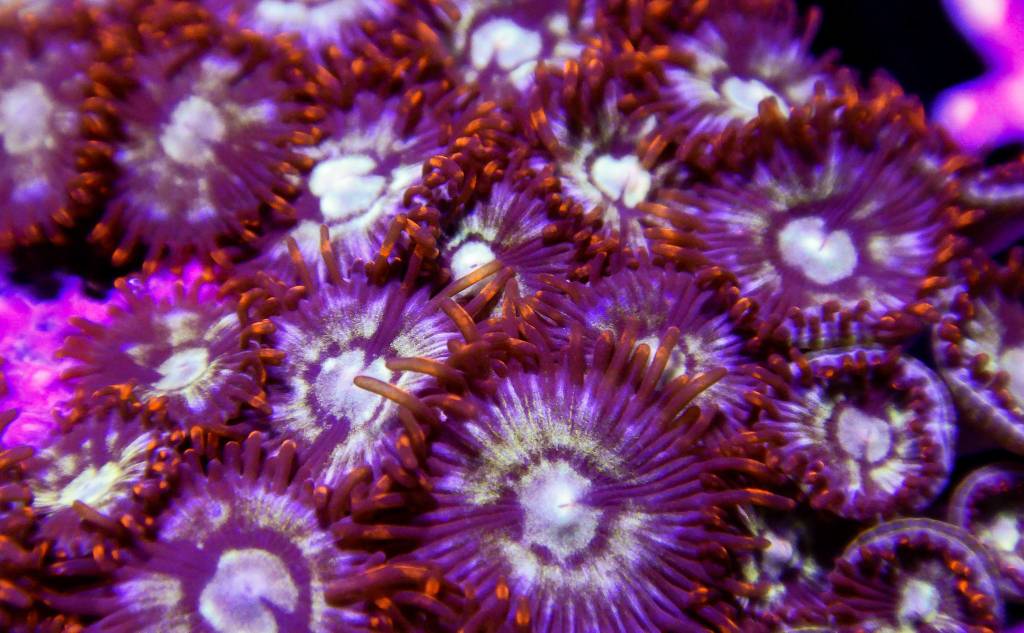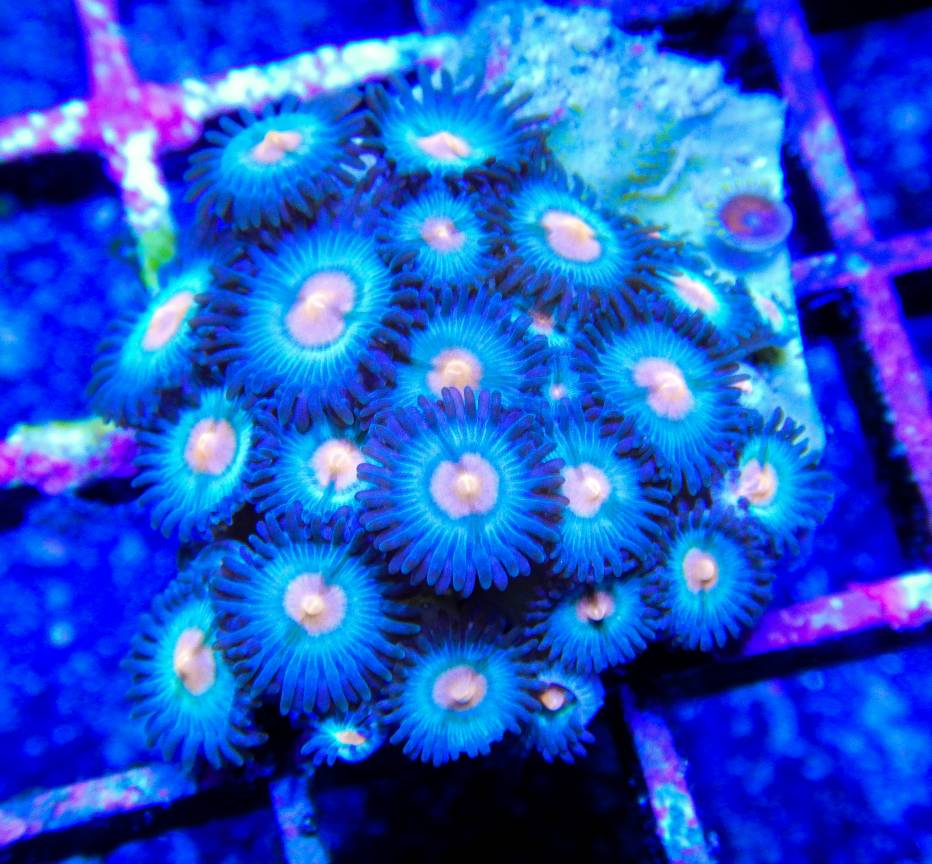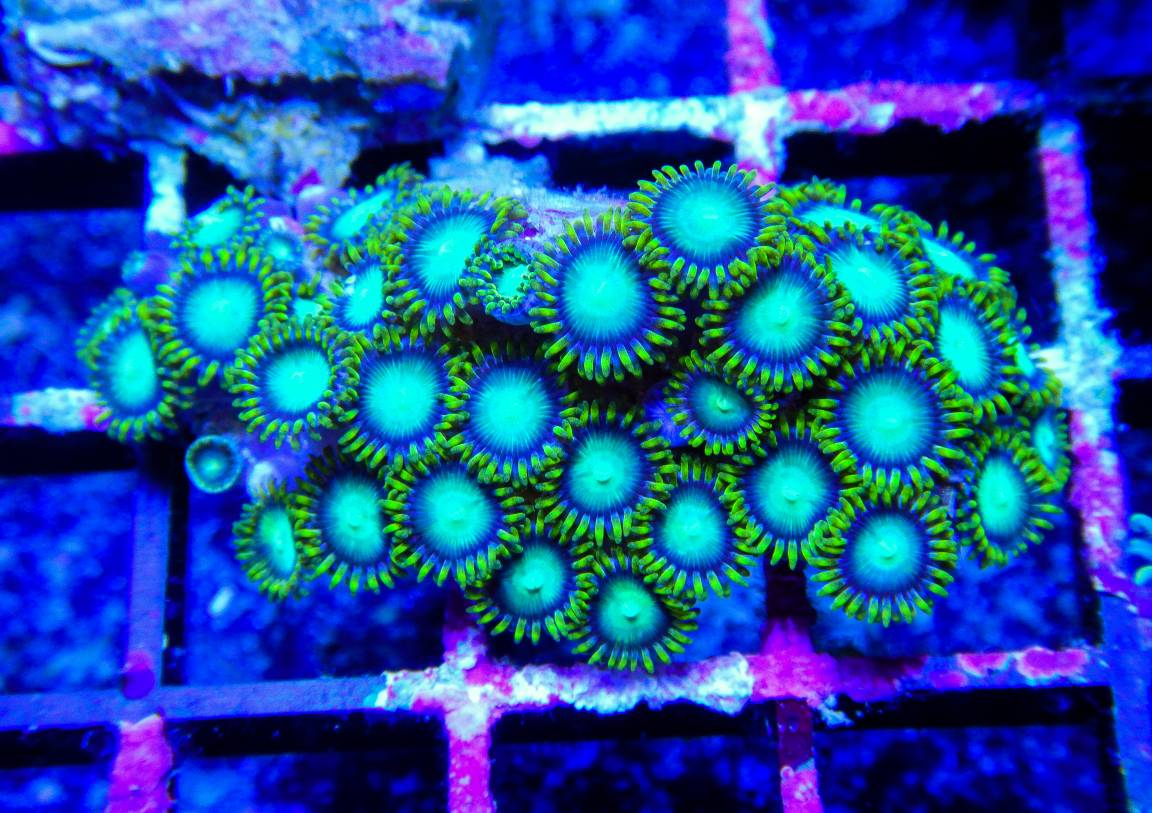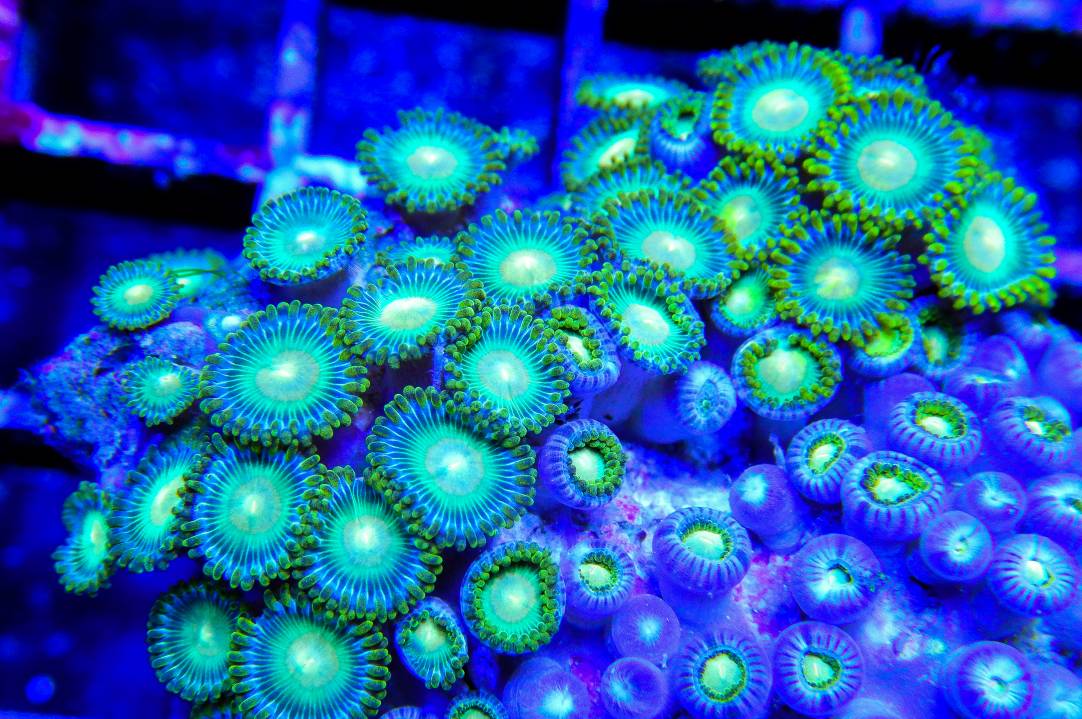mikejrice
Active member
https://youtu.be/zUWJRhNhKbA
Zoanthids are probably the most propagated corals and for good reason. They are one of the toughest corals that presents in a great variety of colors which means they take to fragging very easily, heal quickly and continue growing.
Zoas can be fragged in several different ways depending on how they are growing and whether or not the rock they are on needs to be saved.
In this video I demo a method for fragging them off of your rocks without damaging the rocks themselves.
To do this, cut under the zoanthid polyps as closely to the base as possible with a fresh razor blade. It's important to cut as closely to the rock as possible in order to protect the polyps internal structures. In many cases, cutting a small bunch of polyps will also increase survival rates as they are easier to attach to rock or plugs and they generally heal more quickly.
After cutting polyps from the mother rock, glue them with a gel reef glue to rocks or plugs. Less glue is better in this case to prevent excess from getting on the zoa's skirt. Be sure to press them into the glue very gently to prevent any internal damage to polyps.
If there's a specific species you'd like to see fragged, comment below.
Subscribe:
http://www.youtube.com/subscription_center?add_user=mikejrice1
http://www.fragging101.wordpress.com
-~-~~-~~~-~~-~-
Please watch: "Coralscapes at Elite Reef | montipora, fox coral, bubbletip, toadstool, grande polyps"
https://www.youtube.com/watch?v=z0cVOt1Tras
-~-~~-~~~-~~-~-




Sent from my SM-G920P using Tapatalk
Zoanthids are probably the most propagated corals and for good reason. They are one of the toughest corals that presents in a great variety of colors which means they take to fragging very easily, heal quickly and continue growing.
Zoas can be fragged in several different ways depending on how they are growing and whether or not the rock they are on needs to be saved.
In this video I demo a method for fragging them off of your rocks without damaging the rocks themselves.
To do this, cut under the zoanthid polyps as closely to the base as possible with a fresh razor blade. It's important to cut as closely to the rock as possible in order to protect the polyps internal structures. In many cases, cutting a small bunch of polyps will also increase survival rates as they are easier to attach to rock or plugs and they generally heal more quickly.
After cutting polyps from the mother rock, glue them with a gel reef glue to rocks or plugs. Less glue is better in this case to prevent excess from getting on the zoa's skirt. Be sure to press them into the glue very gently to prevent any internal damage to polyps.
If there's a specific species you'd like to see fragged, comment below.
Subscribe:
http://www.youtube.com/subscription_center?add_user=mikejrice1
http://www.fragging101.wordpress.com
-~-~~-~~~-~~-~-
Please watch: "Coralscapes at Elite Reef | montipora, fox coral, bubbletip, toadstool, grande polyps"
https://www.youtube.com/watch?v=z0cVOt1Tras
-~-~~-~~~-~~-~-




Sent from my SM-G920P using Tapatalk








